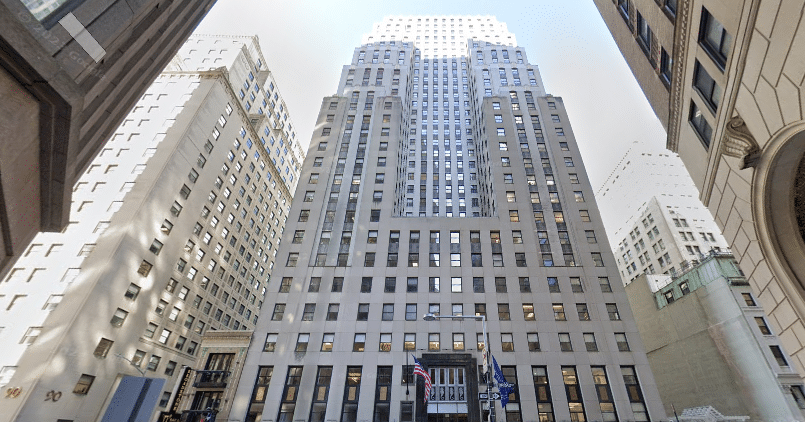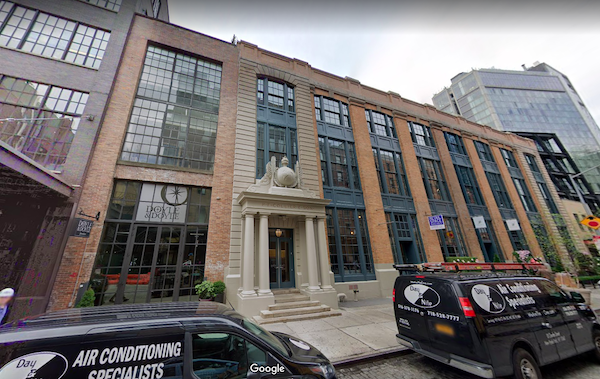Mark Twain once joked, ‘There are three kinds of lies: lies, damned lies, and statistics.’ That’s spot-on when looking at New York City’s office market reports lately. On one side, you’ve got the NY Post/VTS talking about a big jump in demand. On the other hand, Bisnow tells us the sky is falling, with leasing taking a nosedive. So who’s telling the truth, and who’s embellishing?
From my corner, as a commercial realtor walking the streets and talking to clients, I can tell you firsthand that things are looking up. I see more foot traffic and busier offices, all while receiving an increasing number of tenant inquiries. It’s a real mix-up of stories, with data pulling us each way. But today, I can help make sense of what’s happening behind those numbers from my personal experiences.
The Two Faces of Data
Data wears many masks, often revealing diverse narratives depending on the eyes that behold it. This duality becomes especially pronounced when examining the fluctuating tides of New York City’s office market, where recent reports present two contrasting outcomes.
NY Post/VTS: The Surge in Demand
The report from VTS, as highlighted in the NY Post, tells a story of resilience and recovery post-pandemic. After seeing vacancies soaring above 20%, 2023 brought a 40% year-over-year surge in demand for office space. As a result, New York City’s office market is now at 75% of its pre-pandemic glory. More importantly, this growth starkly outpaces the national average increase of 19.6%, emphasizing New York’s unmatched appeal and dominant position with nearly half a billion square feet of office space.
Ryan Masiello of VTS optimistically predicts a milestone with over 30 million square feet in total leasing for the year, a pinnacle not seen since before the pandemic. Such a leap forward reflects the city’s economic resilience. At the same time, it signals a robust comeback for landlords, businesses, and the urban ecosystem at large. From high-profile lease renewals like Barclays Bank’s 1.1 million square feet at 745 Seventh Ave to burgeoning confidence in the return-to-office movement, the narrative is one of rejuvenation and hopeful prospects.
BisNow: A Sudden Plunge
However, as the calendar flipped to 2024, a different story emerged from the data collected by Colliers and reported by Bisnow. January saw a 40% drop in office leasing activity in Manhattan compared to the previous month, with the total space leased halving from the same period in 2023. This decline is sobering, compounded by a 6.1% dip in average asking rents since March 2020, to $74.64 per square foot.
Despite a handful of recent large-scale deals, such as King & Spalding’s 175K square feet at 1290 Sixth Ave, BisNow was sure to highlight how office space availability remains stubbornly high at 17.9%.
Ground Reality vs. Numbers
When you’re walking the streets of Manhattan, the buzz tells a story that spreadsheets can’t capture. There’s something about seeing the once-empty offices filling up, watching the crowds walk through Madison Avenue, and noticing “Sorry, We’re Closed” signs swapped for “Open for Business” that data alone can’t explain. From my perspective, the city is waking up from a long nap, stretching its arms with every new lease signed.
On-the-Ground Improvements
I’ve seen this shift firsthand from the trenches of New York City’s office market. The last six months have been a whirlwind. Where there was silence, now there’s chatter—phone calls from businesses looking to expand, more negotiations, and yes, even the paperwork is starting to stack up again. Each inquiry and deal feels like a vote of confidence in the city’s comeback story. It’s not just about filling spaces; it’s about revitalizing our streets and bringing energy back to our neighborhoods.
This blend of the tangible and intangible, of numbers and narratives, makes the market pulse. And if you ask me, it’s this pulse—felt in handshakes, seen in moving trucks, and heard in the buzz of a busy lunch spot—that truly tells us what direction we’re going.
The Bigger Picture for New York City’s Office Market
When we zoom out from the month-to-month data and look at the broader horizon, New York City’s office market presents a fascinating story of adaptation and resilience. The fluctuations seen in short-term data points underscore the need to consider longer-term trends to truly understand the health and direction of the market.
Trend Analysis
Considering data over six months to a year can offer a much clearer picture of market health than monthly snapshots for several reasons:
- Seasonal Trends: Real estate markets often exhibit seasonal trends. For example, leasing activity may be more robust during certain times of the year. Examining data over a longer time frame can identify and account for these seasonal trends.
- Market Cycles: Like many other economic sectors, real estate markets go through growth and contraction cycles. A six-month to one-year examination period can help identify where a particular market is in the cycle.
- Economic Indicators: Many economic indicators that impact the health of the real estate market, such as interest rates, employment rates, and GDP growth, are reported on a quarterly or annual basis. Therefore, a more extended examination period aligns with the availability of this data.
- Lease and Sales Activity: Commercial real estate leases and sales often take several months to complete. A longer examination period provides a more accurate picture of this activity.
- Comparison Year over Year: Looking at data over a year allows for year-over-year comparisons, which can provide insights into the market’s direction and speed of change.
Data Manipulation
Presenting data in a certain way can greatly influence perceptions. For example, highlighting a quarterly surge in leasing activity without acknowledging the year-over-year decline or the increase in availability rates could paint an overly optimistic market picture. Similarly, focusing solely on large lease transactions without considering the overall increase in availability or the decrease in asking rents might give a skewed view of market dynamics.
It’s possible to manipulate this kind of selective data presentation to support various narratives, stressing the importance of looking at a comprehensive data set when evaluating the office market’s health. While it’s tempting to latch onto singular data points that tell a positive story, acknowledging the complexity and the multiple factors at play provides a more accurate and balanced view of the market.
Key Takeaways
When it comes down to making sense of New York City’s office market, there’s no single story the numbers can tell us. Peeling back the layers and looking at data from different angles over months and even years helps us understand what’s happening. It’s about more than just cold, hard facts; it’s about feeling the vibe on the streets, seeing the lights go back on in skyscrapers, and hearing about fresh deals over casual conversations.
So, as we sift through the stats, let’s remember to look up and around, keeping our minds open and our thinking sharp. By blending the data with real-world observations, you’ll understand the market’s current state and better comprehend its future twists and turns.














